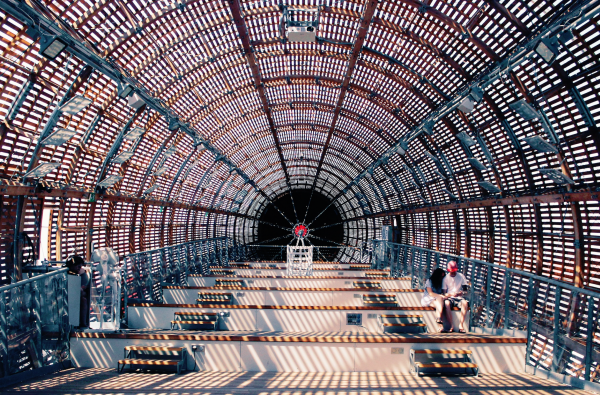The battle between online commerce and that of traditional shopping could be defined by comfort versus experience. What’s clear these days is that the growth and extension of online shopping are here to stay.
Nonetheless, when you buy a product online without seeing it beforehand you take a certain risk that your purchase won’t meet your expectations. The refund process is usually cumbersome and can only be overcome by going in person to the shop.
Add to this the opportunities for leisure and refreshment breaks while shopping at a mall or shopping center and you see the reason why customers still want to visit these sites in Spain, making them more popular than online shopping even in this era of e-commerce.
Despite this choice, online shopping continues to rise: 10 years of unstoppable growth in Spain according to the study for the Comisión Nacional de los Mercados y de la Competencia (CNMC) (CNMC). In 2016 the sector underwent a net growth of 20.8% and was worth 24,000 million euros. Since 2007 and in spite of the economic crash, sales tripled. Now almost a third of the entire country do their shopping online.
That there is a threat to shopping centers is indisputable. Although they may have made more than double the profits online shopping did in 2016, their growth from year to year has fallen sharply.

Innovation is the only way to maintain their advantage over online shopping. Specifically, what is needed now is a way of improving the customer experience while customers are actually at the shopping center, doing their shopping in person.
At least that’s how one of our clients understood it: this well-known company contacted Opinno to develop a digital strategy which would serve as a means of attracting more business to shopping centers. Our team understood that the only way to gain the advantage over the approaching giant of online shopping was to provide customers with a physical experience which allows them to enjoy arrange of shopping experiences possible in the flesh, but not online.
Innovate or die
According to a report by the Asociación Española de Centros y Parques Comerciales (AECC) shopping centers may have made a year-to-year increase of 3.6%, and 44,000 million euros in 2016, which is almost double what was made by e-commerce, but the online threat is real.
In order to maintain their position as leaders in the commercial sector, shopping centers need to be aware of their consumers who are increasingly demanding when it comes to their experience of shopping. For that reason innovation in the sector is essential.

An eye on the consumer
As usual, we focussed on the needs of the user and identified what was required for a client engaged in the ritual of shopping at this moment in time. We did this via face-to-face meetings in focus groups and interviews.
From that point on we sought technological solutions which were both appropriate and already in existence; we prioritized an investment in the short and medium term grounded in our clients’ belief about what was appropriate and desirable. That way, we were able to detect which areas were ripe for opportunities in the technological realm which would be transferable to the context of shopping centers.
The final result was a checklist of technological solutions to be implemented in any shopping center and was designed, above all, to give the customer a better experience when shopping.



